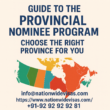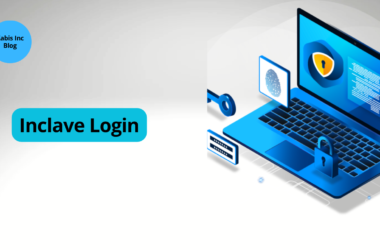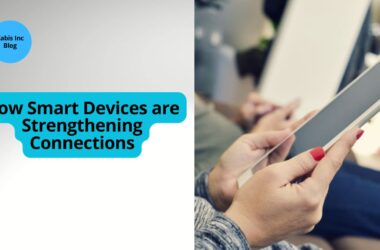Technological advancement has brought employees from various classes together in one place. From Traditionalists to Gen Z, each has its strengths, conversational style, and expectations. However, this Multigenerational Workforce has some challenges and room for opportunities. That’s where Leadership comes into play. Employers can showcase great Leadership Qualities to foster a productive work environment and lead effectively using good practices. Let’s know more about it here.
What is a Multigenerational Workforce?
A Multigenerational Workforce enables people from diverse age classes to work together inside a company. Each employee showcases their respective characteristics, values, and experiences. It basically emerged from historical backgrounds where they grew up. Their perception and approaches shape them with unique life experiences. Given below is a step-by-step division of five generations:
- Traditionalists
- Baby Boomers
- Generation X
- Millennials
- Gen Z
Employees from different pools come with varied talents and qualities in a company. So, HR should consider it and plan a strategic workforce accordingly.
Benefits of Multigenerational Workforce
A Multigenerational Workforce can add life to an organisation. For example, young employees quickly adapt to technological changes and mature employees help in decision making via their experience. Here are some of the benefits mentioned:
- Diversified Perception: The five generations will have distinct ways of seeing things. So, this shared perception brings vast knowledge to one place. Also, innovative support can be generated.
- Problem-Solving Skills: The combination of perception and skillset can bring creative ideas in Multigenerational Workforce. To address challenges, the life experiences of employees must be taken into consideration.
- Learning Opportunities: The more the employees from five generations interact, the more diverse the team will be. This mutual interaction creates both learning and mentoring opportunities. Senior employees can educate junior ones so that they get familiar with the latest trends.
- Prepare for Future: Each generation has its strength and knowledge that can help businesses prepare for future events. This way the company can create a robust pipeline of talents.
- Build Relationships: Co-workers can create meaningful and unique relationships that satisfy their job. Just like a family, the employees can build personal connections. In addition to this, emotional support can be delivered in a Multigenerational Workforce.
Challenges of a Multigenerational Workforce
No doubt, multigeneration workforce is beneficial, however it has some obstacles to resolve. Given below are some of them-
- Communication Issues: You will find different conversational styles among the generations. But one can interact effectively via email, phone, calls, and messaging. Pick the medium that best suits your team and eradicate communication breakdowns.
- Toxic Environment: Wherever you go to, you will find people with pre-conceived notions. For example, older ones consider younger ones oversensitive. Youthful employees assume older employees are afraid to adapt to new technologies. This can create negative stereotypes and affect the work environment.
- Varied Expectations: In a Multigenerational Workforce, people have different expectations with respect to their employment. Salary package, performance evaluation and training also vary.
How to Lead and Manage a Multigenerational Workforce?
By following given practices, you can manage a Multigenerational Workforce properly:
- Focus on Employee Value Proposition (EVP): EVP are basically benefits to employees for their hard work. Employers should offer a comprehensive appeal to a Multigenerational Workforce to target the desires of employees. For example, paid time-off, wellness programs, and work/life balance.
- Calibrate Hiring Process: Recruiters should eliminate age bias to create a fair job opportunity for applicants. Also, HR must use AI to screen resumes so that applicants with relevant skills get filtered out.
- Work on Communication Style: Effective communication relies on productivity and harmony inside the company. Employers should work on language gaps so that employees of different ages can find a common ground for communication.
- Get Feedback: Honest feedback and suggestions through performance appraisals, surveys, and face-to-face interaction can effectively manage the workforce.
Conclusion
A Multigenerational Workforce is a vital reality in today’s working environment. So, employers and HR should properly recognise the qualities of employees from different age groups to excel in their business. Also, a diversified Multigenerational Workforce plan must be executed to thrive in future. Overcoming Multigenerational Workforce challenges can enhance productivity, retention, and engagement in an organisation. So, leaders should look to this workforce as an opportunity rather than a challenge.







